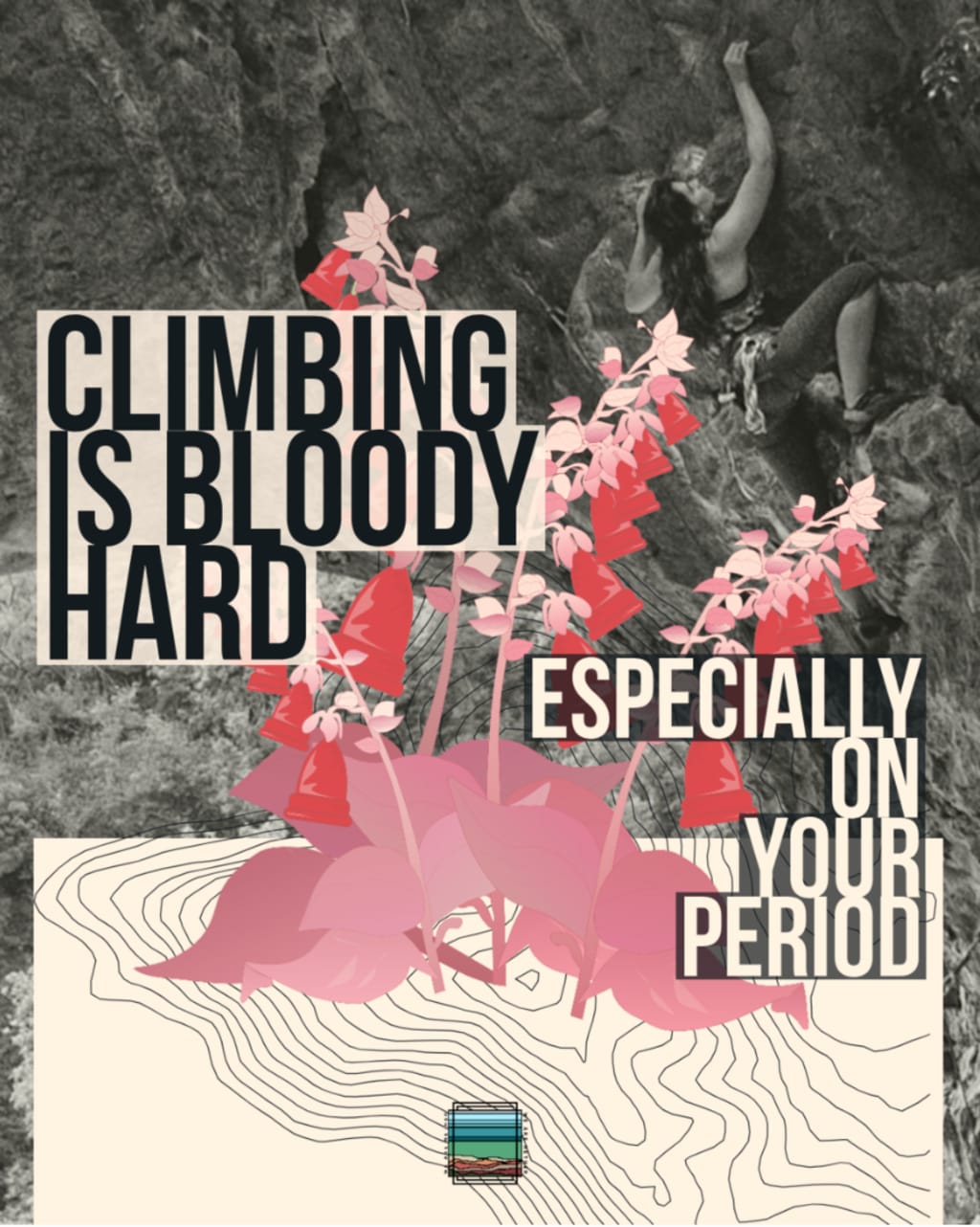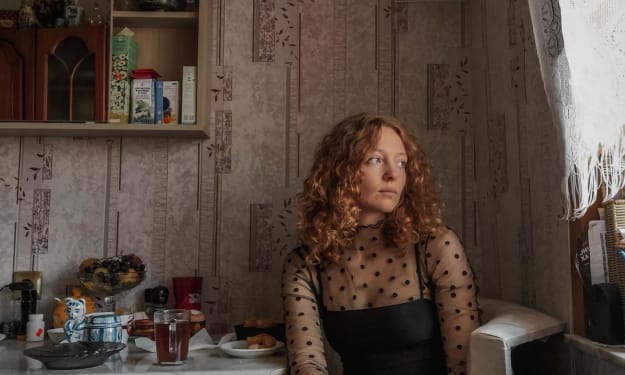Your First Aid Kit Needs An Update - How To Survive Your Period In The Wilderness
Basic biology is nothing to be ashamed of - Things everyone in the outdoor industry needs to know

DISCLAIMER: YOU DON’T HAVE TO BE FEMALE TO FIND THIS ARTICLE USEFUL OR INTERESTING. IT'S IMPORTANT FOR EVERYONE TO UNDERSTAND HOW TO DEAL WITH PERIODS FOR SUPPORT AND EDUCATIVE REASONS.
Earlier this year, the film Period. End of Sentence, a short documentary about women in rural India who are fighting the stigma against menstruation and creating accessible hygiene products, won the Oscar Academy Award for Best Documentary Short. Ongoing discussions about sex education in schools and the fight to end period poverty is pushing menstruation education into the mainstream.
But why is no one in the outdoor community talking about it? Perhaps it’s because the vast majority of climbers and outdoors people are men. While this may be true, women and other folks with periods, still make up a large proportion of the outdoor community, and we have a problem.
Myths vs Research
It ruins your clothes, your mood and your favourite pair underwear, not to mention the irritability, fatigue, muscle/joint aches, insomnia, headaches and cramping that many people with vaginas deal with monthly.
There’s an old myth that hiking through bear country with a woman on her period will attract blood-thirsty bears. As are true with most old wives tales, this is most definitely not true, and more broadly illustrates the misunderstanding of women’s bodies, of mensuration and of bears. Science has been male centred for so long that as women, we are still not entirely sure how our own bodies work but that’s slowly changing.
Recent research on female footballers shows that women are at an increased risk of injury during certain times of the menstrual cycle. Scientists observed a physiological decrease in the ability for the connective tissues to take loads - making tendon injuries much more probable - during the pre-ovulatory phase of the menstrual cycle. The study suggests that ACL (anterior cruciate ligament) injuries such as knee ruptures are much more common in female footballers compared to their male counterparts. Hormonal mechanisms have been proposed as an explanation for this, however they are complex and poorly understood.
Other research suggests that a female climber’s sending ability fluctuates with her hormone levels throughout her cycle. Mid-cycle, rising levels of Estrogen and Testosterone give you the most energy and make you feel physically stronger, emotionally and sexually. Studies have also shown that Estrogen also increases our tolerance to pain.

Don't stay home
With little to no information online about how to have a comfortable, hygienic and environmentally friendly period while in the outdoors, I know many women who have decided to not go climbing because they didn’t know how to deal with their period without access to a sparkly white porcelain bowl and soap with running water.
So how do we, as people with vaginas, deal with the added issue of bloody periods while out in the wild? Considering we spend a quarter of our year bleeding, (yes, that’s a whopping three months a year), not going out just isn’t an option.
Your Outdoor Period Survival Kit
- One opaque, ideally waterproof bag to carry contents of your period kit
- Two plastic zip-lock bags (one for used wipes and sanitary products, one to keep the contents clean and dry)
- Tampons and/or menstrual cup
- Vagina friendly wet-wipes
- Toilet roll
- Hand sanitiser
- Painkillers
Tampons VS The Menstrual Cup
(leave the pads at home)
TAMPONS
Despite being slightly easier to insert, tampons are not quite as convenient as a menstrual cup. You have to pack clean ones as well as carry used tampons with you, which get heavy after use. You also can’t bury tampons as they often scented + contain harmful chemicals, and animals can dig them up.
When you’re buying tampons, choose the ones that don’t have applicators. This makes them lighter and thus easier to pack and contain less plastic.
THE MENSTRUAL CUP
A reusable silicone cup you insert to catch menstrual blood, is the more environmentally friendly option, as you can use the same one over and over for years. This lightweight option will also save space in your pack, as you only need to carry one instead of multiple tampons which get heavy after use. You will need to wash it out after use, and learn how to dispose safely on the blood that the cup collects.
As you do with poop, you should dig a cat hole (a hole around 6 inches deep you dig for bathroom use during a backpacking trip) and empty the blood into it. Then rinse it with a water bottle, and reinsert the cup. Be sure to sanitise your hands before and after this messy process. You can sterilise the cup by boiling it after a few uses.
You can leave the menstrual cup inserted for up to 12 hours (unlike a tampon which you should only wear for up to 8 hours). Learning how to insert the cup can take a while, so be sure to practice before you head out into the wild.

Tips for a happy outdoor period
During the more painful periods, try wearing loose trousers, preferably ones that aren’t that tight around your middle. Maybe boulder on your heavier days, as wearing a harness at peak flow can be bloody agonising. Some women wear period undies as well as wearing tampons or a menstrual cup, just in case.
Whatever your gender, next time you’re replenishing your first aid kit, make sure you add a few tampons, hand sanitiser and a couple of ziplock bags. It takes up little to no space and will make you a bonafide hero in the case of an unexpected flow.
Update your first aid kit
As climbing is still a male heavy sport, women are often outnumbered during trips. You can either embrace your period and speak openly about it to everyone, or try to be more discreet by keeping the contents of period kit in a small, opaque bag. But if you need help - ask for it. Basic human biology is not something to be ashamed about.
X
Read the original story on the NETHER website!
About the Creator
Grumble Bee
Grown in the British Isles, exploring beyond.
Photographer // Journalist // Linguist // Environmentalist






Comments
There are no comments for this story
Be the first to respond and start the conversation.